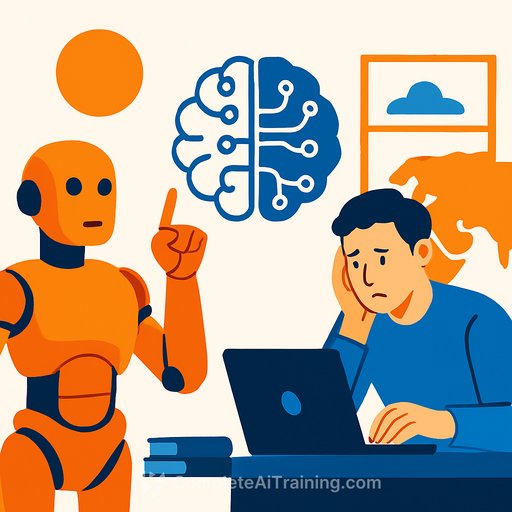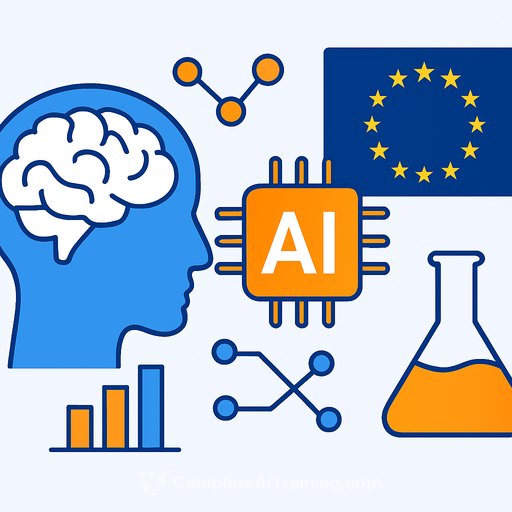Artificial General Intelligence and the Race for Superintelligence
Artificial general intelligence (AGI) refers to an AI system capable of performing any human job with high autonomy. While recent upgrades to models like ChatGPT represent important progress, they fall short of achieving full autonomy. For example, the upcoming GPT-5 model is a “significant step” toward AGI but still lacks continuous learning after deployment, limiting its ability to operate independently over time.
Major tech companies in the US and China are heavily investing billions of dollars to reach AGI and even superintelligence—a theoretical AI state surpassing human cognitive abilities. Meta’s CEO Mark Zuckerberg recently suggested that superintelligence is “now in sight,” while Google and other firms continue advancing their AI models, aiming to build systems that can interact convincingly with complex simulations of the real world.
Scientific Uncertainty Surrounding AGI
Despite the hype and investment, AGI remains largely a theoretical concept. Experts emphasize the lack of a clear scientific model explaining why current generative AI works so well or what exactly it would take to reach AGI. One analyst compares the situation to attempting a moon landing without understanding gravity or rocketry, relying instead on intuition and trial.
Many AI researchers admit uncertainty about the timeline or even the feasibility of true AGI. The field is driven as much by personal judgment and speculation as by concrete technical breakthroughs. This cautious stance contrasts with the optimistic narratives promoted by some tech leaders.
Defining AGI and Its Timeline
Some investors and AI strategists propose narrower definitions of AGI, such as achieving human-level performance in most economically important digital tasks. Under this framework, AGI could be within reach by the end of the decade or possibly sooner. However, the definition of AGI is fluid and continues to evolve as new capabilities emerge.
Even without full AGI, current generative AI technologies are already profitable. OpenAI, for instance, has reported annual recurring revenues exceeding $13 billion and is valued at approximately $500 billion in secondary share sales. This financial success underscores the commercial value of AI, even as true AGI remains elusive.
Concerns About Hype vs. Reality
Some experts caution that talk of superintelligence may create unrealistic expectations and distract from pressing issues like ensuring reliability, transparency, and fairness in AI systems deployed today. From a technical standpoint, systems have improved in reasoning, planning, and multimodal understanding, but are far from surpassing humans across all cognitive domains.
Investment in AI is massive. US tech giants alone—Alphabet, Meta, Microsoft, and Amazon—are expected to spend nearly $400 billion on AI this year, outpacing the combined defense budgets of many countries. This scale of funding fuels rapid development but does not guarantee breakthroughs.
Global Competition and Adoption
The race for AGI and superintelligence is not limited to the US. Chinese companies like DeepSeek, Alibaba, and ByteDance have introduced AI models competitive with Western counterparts. Chinese AI models also dominate rankings in video generation and other categories, reflecting significant advancements.
Adoption of AI technology worldwide will likely influence the balance of power. For example, Microsoft’s president highlighted that global adoption is a key factor in determining whether the US or China leads the AI race. The experience with Huawei’s 5G technology shows how market leadership can be difficult to overturn once established.
Looking Ahead
While skepticism about the arrival of superintelligent AI persists, the momentum behind AI development is undeniable. The past five years have seen a shift from dismissing AGI as science fiction to broadly accepting it as a plausible future milestone.
As the technology advances, the definitions and expectations around AGI will continue to shift. Meanwhile, businesses and researchers must balance ambitious goals with practical challenges, focusing on building AI systems that are useful, trustworthy, and aligned with human values.
For professionals interested in staying updated on AI developments and advancing their skills, resources like Complete AI Training offer comprehensive courses covering the latest in AI technology and applications.
Your membership also unlocks:






